Introduction
Multan, a city steeped in history and heritage, boasts a culinary landscape that’s as diverse as it is flavorful. When delving into the enchanting tapestry of Multan’s culture, one simply cannot overlook the pivotal role that food plays in shaping its identity. The phrase “food in Multan” encapsulates not just a mere array of dishes but a vibrant story that resonates through every spice-infused aroma and every flavorful bite. From ancient roots to contemporary tastes, Multan’s gastronomy embodies a fascinating fusion of traditions, rituals, and local influences, making it an integral part of the city’s cultural fabric.
Centuries of dynastic rule and cross-cultural interactions have intricately woven Multani cuisine into a tapestry of unique flavors and culinary techniques. The phrase “food in Multan” echoes the legacy of rich Mughlai influences, nuanced Punjabi spices, and the subtleties of Persian culinary arts, all harmonizing to create a delightful and diverse array of dishes. Each morsel narrates a story, an amalgamation of historical narratives and regional adaptations that have stood the test of time, embodying the essence of Multan’s rich cultural heritage.
Food isn’t merely sustenance here; it’s a celebration, a language of love, and a binding thread that weaves communities together. The phrase “food in Multan” reverberates through the bustling bazaars where street vendors tantalize taste buds with aromatic spices, colorful arrays of fresh produce, and age-old recipes passed down through generations. Moreover, it finds resonance in the intricacies of family gatherings, where cherished recipes are shared, and in grand festivities, where lavish spreads symbolize abundance and hospitality.
In the heart of Multan, the term “food in Multan” isn’t just a phrase; it’s a cultural symphony, a culinary journey that transcends mere nourishment, evoking emotions and memories that linger far beyond the last bite. It’s this very essence, this amalgamation of tradition and taste, that beckons travelers and locals alike to explore the soulful gastronomic treasures that define the city of Multan.
List of 30 Top Food in Multan
| S. No | Name of Food/Dish | Category | Price Range (USD & EUR) | Main Ingredients (if available) |
|---|---|---|---|---|
| 1 | Sohan Halwa | Sweet | $5-$20 USD, €4-€16 EUR | Sugar, Nuts, Ghee |
| 2 | Multani Chaat | Savoury | $2-$8 USD, €1.5-€6 EUR | Chickpeas, Yogurt, Spices |
| 3 | Shahi Tukray | Sweet | $4-$15 USD, €3-€12 EUR | Bread, Milk, Sugar, Saffron |
| 4 | Doodh Dulari | Sweet | $3-$10 USD, €2-€8 EUR | Milk, Vermicelli, Nuts |
| 5 | Kheer | Sweet | $3-$12 USD, €2-€10 EUR | Rice, Milk, Sugar, Nuts |
| 6 | Sutar Murgh | Meat Dish | $8-$25 USD, €6-€20 EUR | Chicken, Spices |
| 7 | Multani Saji | Savoury | $5-$15 USD, €4-€12 EUR | Beef, Spices |
| 8 | Malai Boti | Meat Dish | $10-$30 USD, €8-€25 EUR | Chicken, Cream, Spices |
| 9 | Peshawari Chapli Kebab | Meat Dish | $8-$20 USD, €6-€16 EUR | Ground Meat, Spices |
| 10 | Daal Chawal | Veg Dish | $3-$10 USD, €2-€8 EUR | Lentils, Rice |
| 11 | Saag | Veg Dish | $5-$15 USD, €4-€12 EUR | Spinach, Mustard Greens |
| 12 | Chicken Karahi | Meat Dish | $8-$25 USD, €6-€20 EUR | Chicken, Tomatoes, Spices |
| 13 | Beef Nihari | Meat Dish | $8-$30 USD, €6-€25 EUR | Beef, Spices |
| 14 | Mutton Pulao | Meat Dish | $10-$35 USD, €8-€28 EUR | Mutton, Rice, Spices |
| 15 | Rabri Falooda | Sweet | $4-$12 USD, €3-€10 EUR | Milk, Vermicelli, Ice Cream |
| 16 | Lassi | Beverage | $2-$8 USD, €1.5-€6 EUR | Yogurt, Sugar, Flavorings |
| 17 | Dahi Bhallay | Savoury | $3-$10 USD, €2-€8 EUR | Lentil Balls, Yogurt, Spices |
| 18 | Jalebi | Sweet | $2-$8 USD, €1.5-€6 EUR | Flour, Sugar Syrup |
| 19 | Pakoras | Savoury | $3-$10 USD, €2-€8 EUR | Vegetables, Chickpea Flour |
| 20 | Puri Paratha | Savoury | $2-$6 USD, €1.5-€5 EUR | Bread, Flour, Oil |
| 21 | Samosas | Savoury | $2-$7 USD, €1.5-€6 EUR | Pastry, Potatoes, Peas |
| 22 | Qeema Naan | Bread | $3-$8 USD, €2-€6 EUR | Bread, Minced Meat |
| 23 | Halwa Poori | Savoury | $5-$15 USD, €4-€12 EUR | Semolina, Bread, Chickpeas |
| 24 | Aloo Tikki | Savoury | $2-$7 USD, €1.5-€6 EUR | Potatoes, Spices |
| 25 | Tandoori Roti | Bread | $1-$4 USD, €1-€3 EUR | Flour, Baking Powder |
| 26 | Chicken Handi | Meat Dish | $8-$25 USD, €6-€20 EUR | Chicken, Cream, Spices |
| 27 | Beef Seekh Kebab | Meat Dish | $6-$18 USD, €5-€15 EUR | Ground Beef, Spices |
| 28 | Barbecue (Assorted) | Meat Dish | $10-$40 USD, €8-€32 EUR | Assorted Meats, Spices |
| 29 | Fruit Chaat | Savoury | $3-$10 USD, €2-€8 EUR | Mixed Fruits, Spices |
| 30 | Gajar Ka Halwa | Sweet | $3-$12 USD, €2-€10 EUR | Carrots, Milk, Sugar, Nuts |
| S. No | Name of Food/Dish | Category | Price Range (USD & EUR) | Main Ingredients (if available) |
Note: The price range provided is approximate and may vary depending on the restaurant or vendor.
Sohan Halwa: Sohan Halwa is a traditional sweet delicacy of Multan, known for its rich, slightly crystalline texture and sweet taste. It’s made from a blend of wheat, sugar, and ghee (clarified butter), and flavored with saffron, cardamom, and occasionally nuts like almonds or pistachios. This confection is meticulously prepared by boiling the ingredients to a thick consistency before being shaped into squares or round patties.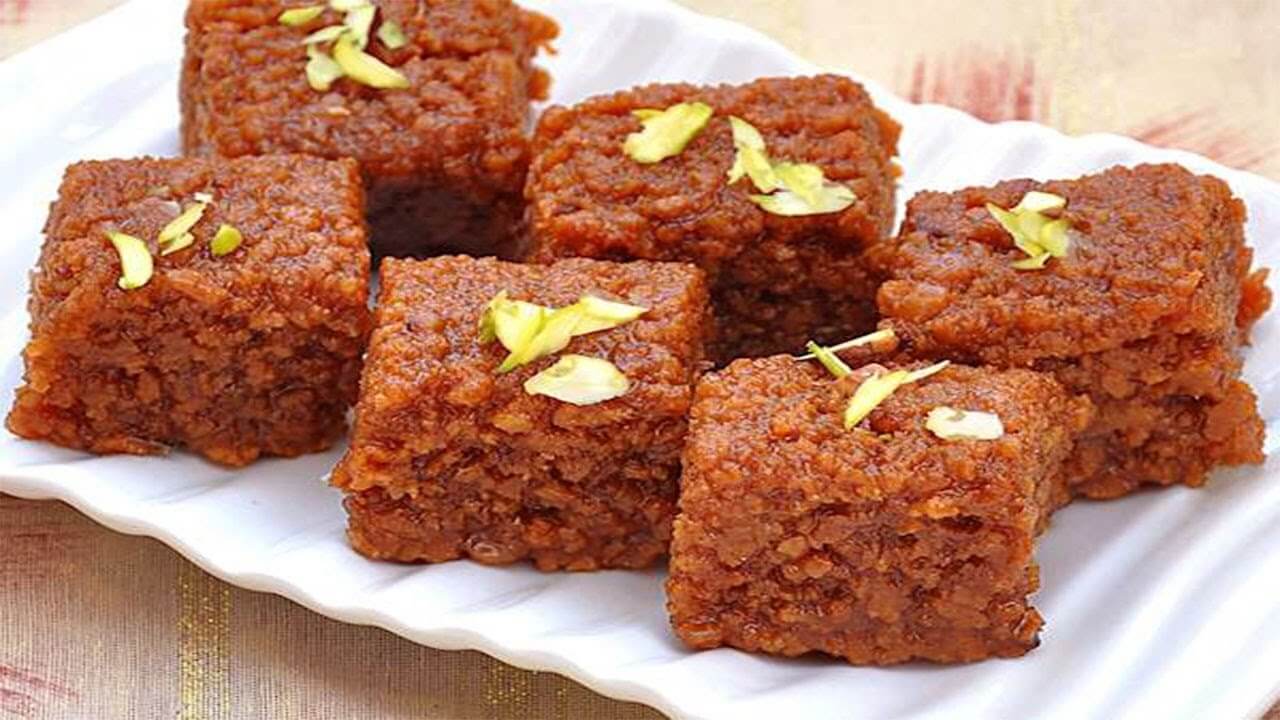
Multani Chaat: Multani Chaat is a beloved savory street food famous for its explosive flavors and textures. It typically comprises crispy fried chips or puris topped with a medley of chopped onions, tomatoes, chickpeas, and potatoes. The dish is then generously drizzled with tangy tamarind chutney, spicy green chutney, yogurt, and a sprinkle of chaat masala, creating a delightful blend of sweet, sour, and spicy tastes.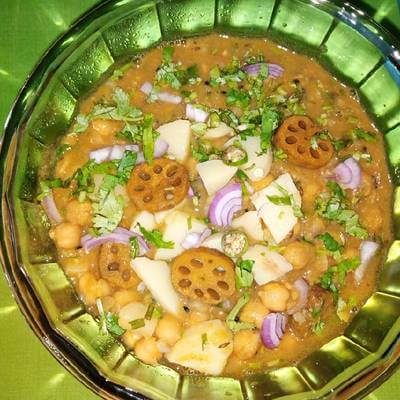
Shahi Tukray: Shahi Tukray translates to “royal pieces” and lives up to its name as a regal dessert. It features slices of bread that are deep-fried or toasted until crisp and then soaked in sweetened milk flavored with cardamom, saffron, and sometimes rose water. Garnished with chopped nuts like almonds, pistachios, or silvered varq (edible silver leaf), Shahi Tukray offers a rich and indulgent experience.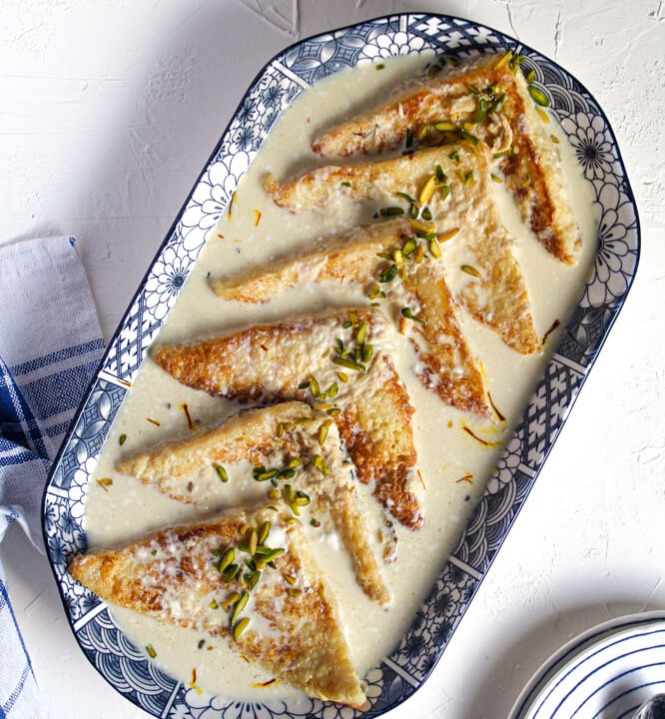
Doodh Dulari: Doodh Dulari is a chilled, refreshing dessert featuring vermicelli soaked in thickened sweetened milk. It often includes the addition of colorful, translucent jelly pieces, giving it a vibrant appearance. This dessert is typically garnished with chopped nuts like almonds or cashews and can also include flavored syrups or rose water for added fragrance.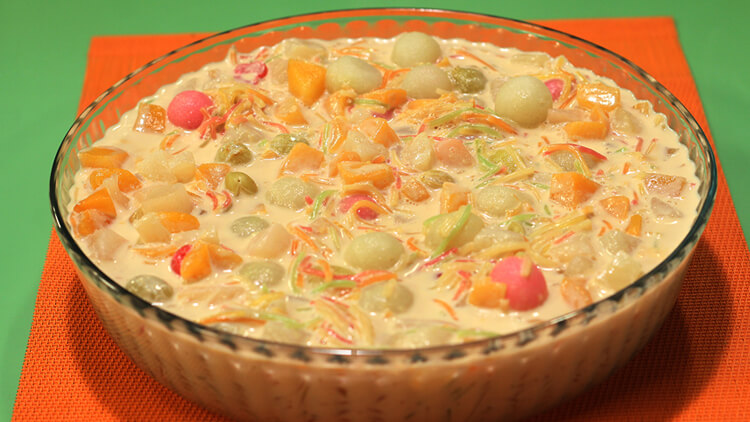
Kheer: Kheer is a classic rice pudding that holds a significant place in Pakistani cuisine. It’s made by simmering rice in milk until it thickens, sweetened with sugar, and flavored with aromatic elements like cardamom, saffron, and rose water. It’s commonly garnished with nuts such as almonds, cashews, or pistachios, offering a creamy and comforting dessert.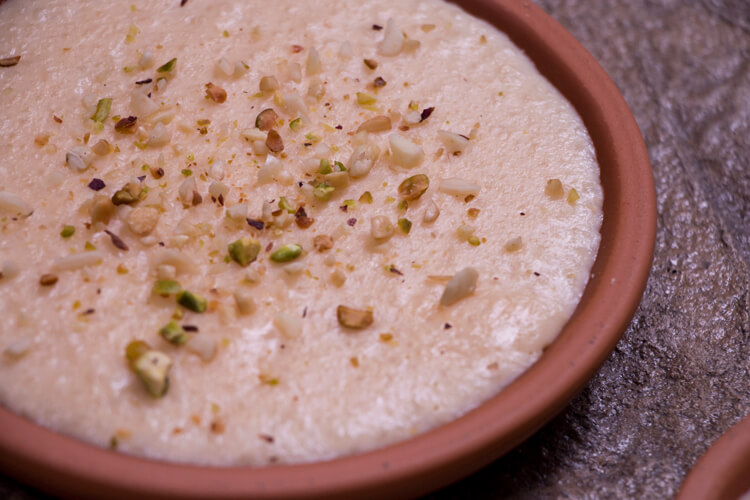
Sutar Murgh: Sutar Murgh is a flavorsome chicken dish characterized by its slow-cooked preparation. The chicken is marinated in a blend of spices, including ginger, garlic, yogurt, and various aromatic spices, before being cooked on a low flame until tender and juicy.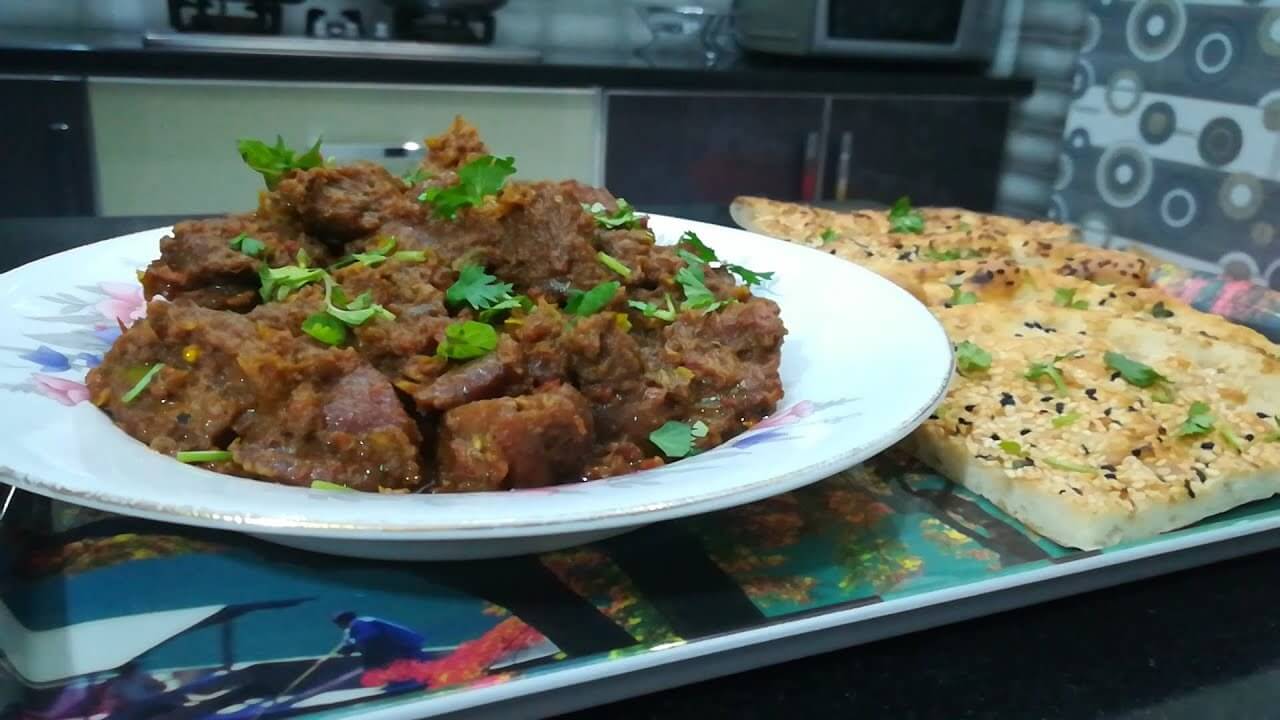
Malai Boti: Malai Boti consists of succulent pieces of marinated chicken or beef skewered and grilled to perfection. The marinade typically includes cream (malai), yogurt, spices, and herbs, imparting a creamy and mildly spicy flavor to the meat.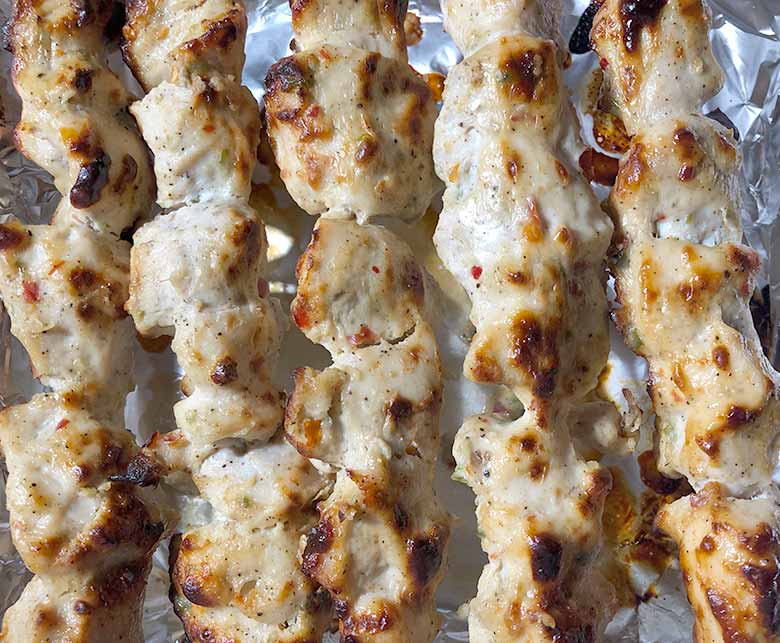
Peshawari Chapli Kebab: Peshawari Chapli Kebab is a regional specialty that’s popular in Multan. These minced meat kebabs are seasoned with a blend of spices, including coriander, cumin, chili, and pomegranate seeds, giving them a unique flavor. They’re usually shallow-fried and served with naan or roti.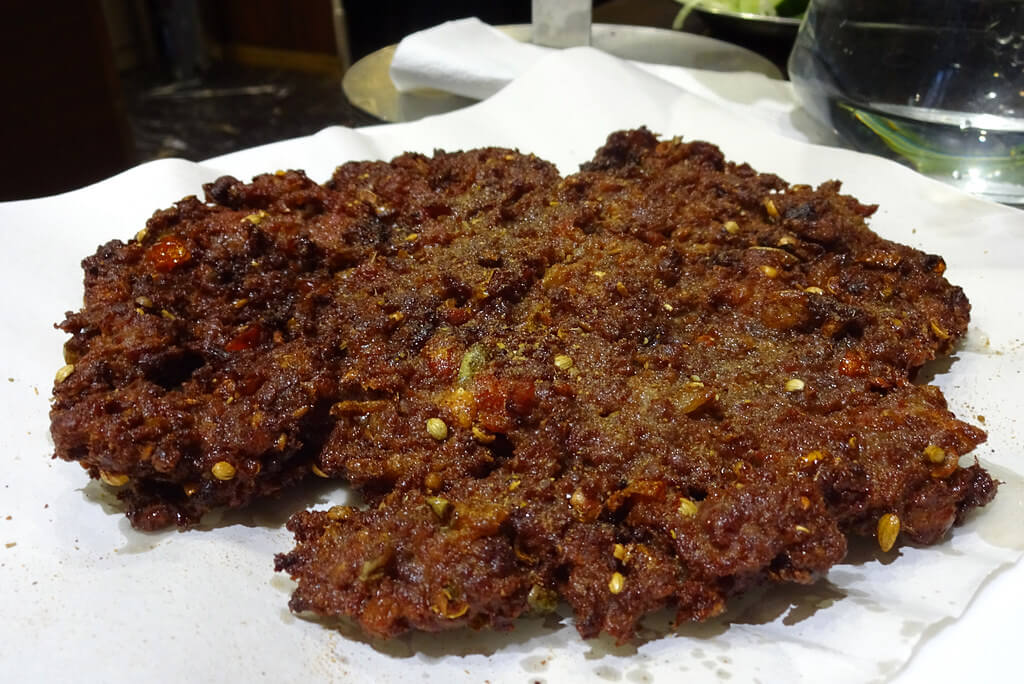
Daal Chawal: Daal Chawal is a simple yet hearty dish that’s a staple in Pakistani cuisine. It consists of lentils (daal) cooked to a creamy consistency, seasoned with spices like cumin, turmeric, and garlic, and served alongside aromatic, fluffy rice (chawal). It’s often accompanied by a side of pickles or salad, offering a wholesome and comforting meal.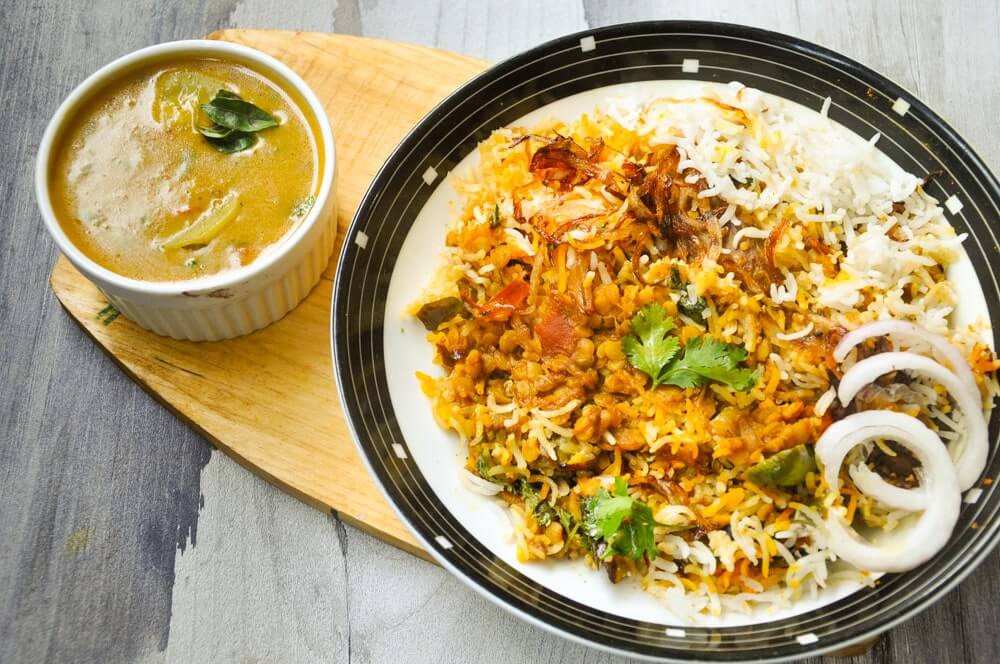
Saag: Saag is a traditional dish made primarily from leafy greens, such as mustard greens or spinach, cooked with various spices and sometimes combined with other greens like fenugreek. These greens are finely chopped and simmered with onions, garlic, ginger, and spices to create a flavorful and nutritious dish often enjoyed with roti or naan.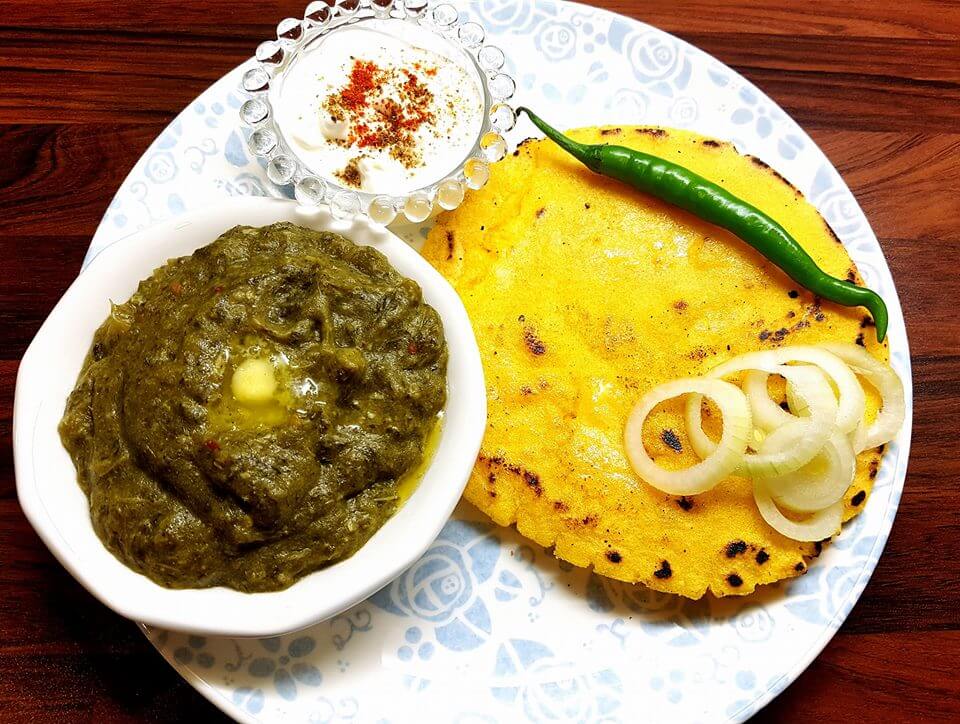
Chicken Karahi: Chicken Karahi is a spicy and flavorsome dish cooked in a karahi (wok-like pan). The chicken is simmered in a blend of tomatoes, green chilies, ginger, garlic, and a mix of aromatic spices such as cumin, coriander, and garam masala, resulting in a tangy and robust gravy.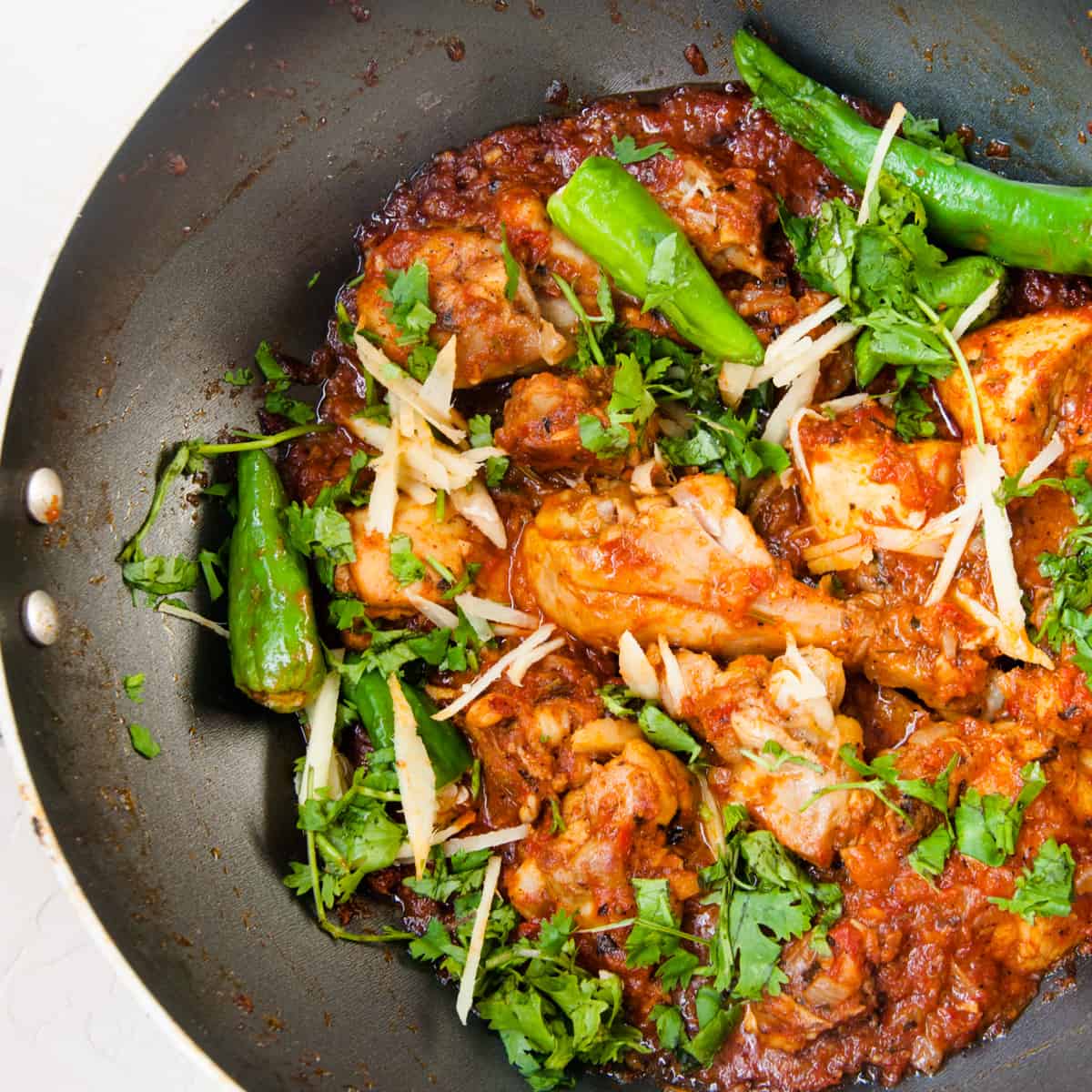
Beef Nihari: Nihari is a slow-cooked stew made with tender beef, simmered for hours with spices like cinnamon, cloves, cardamom, and mace, resulting in a rich and flavorful gravy. It’s typically served with naan or roti and garnished with fresh ginger, green chilies, and a squeeze of lemon for added zest.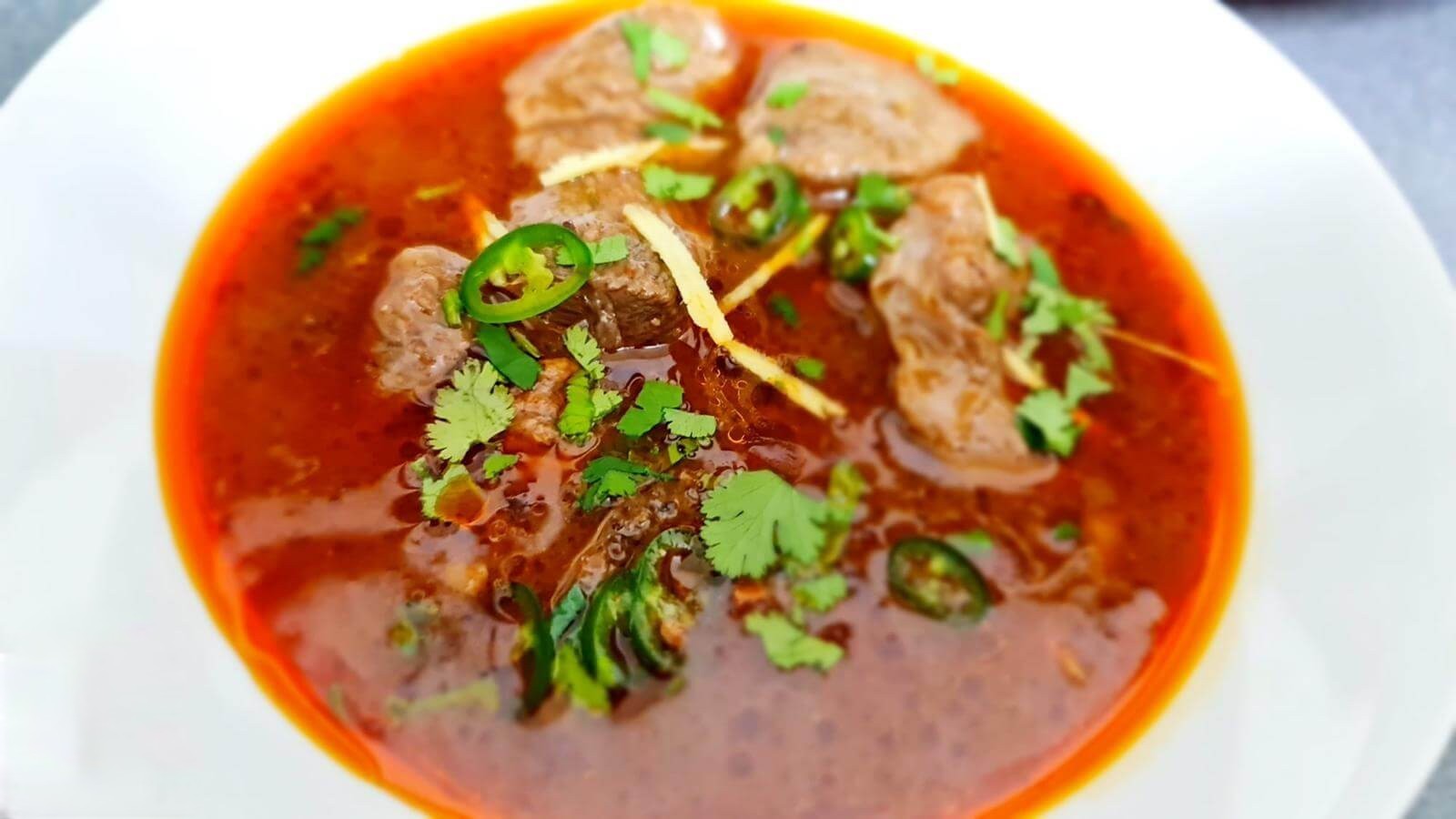
Mutton Pulao: Mutton Pulao is a fragrant rice dish cooked with tender mutton pieces, seasoned with an aromatic blend of spices such as cumin, cloves, bay leaves, and saffron. The rice is cooked in a flavorful broth, resulting in a delectable and savory one-pot meal.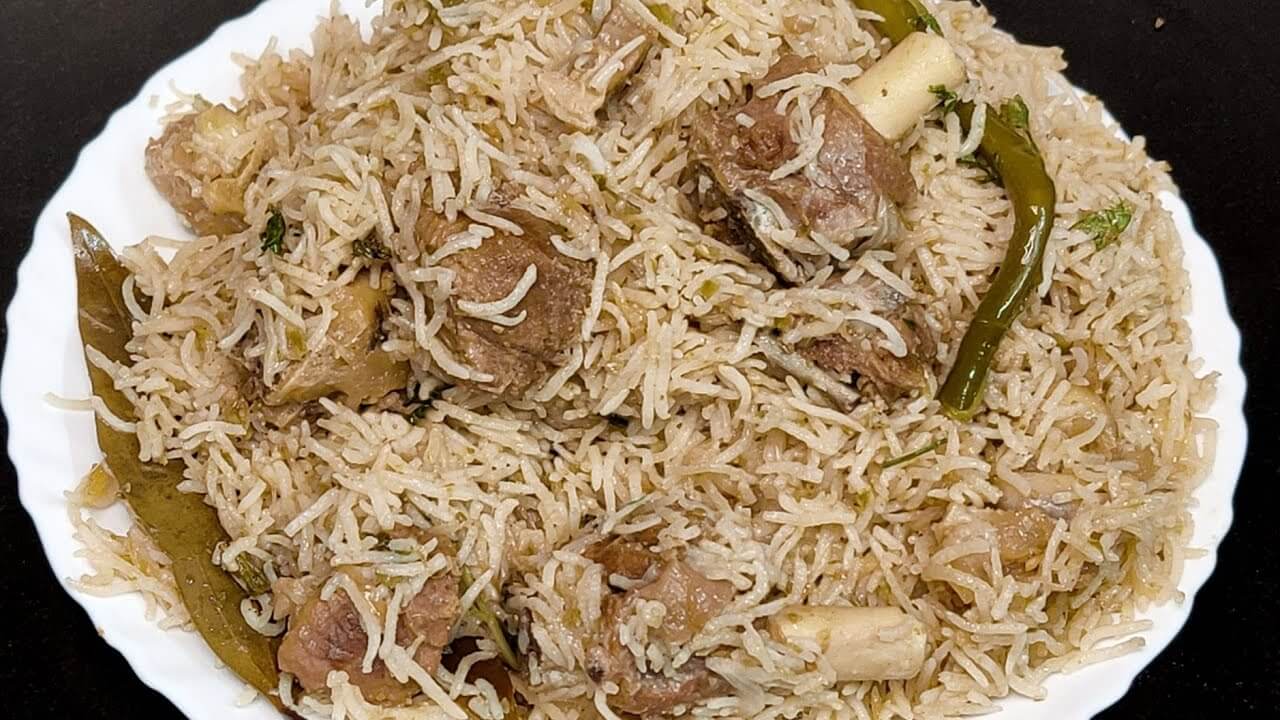
Rabri Falooda: Rabri Falooda is a delightful dessert drink that combines creamy rabri (reduced sweetened milk) with fine vermicelli, basil seeds, and sometimes jelly pieces. It’s often flavored with rose syrup or khus syrup, creating a refreshing and satisfying dessert beverage.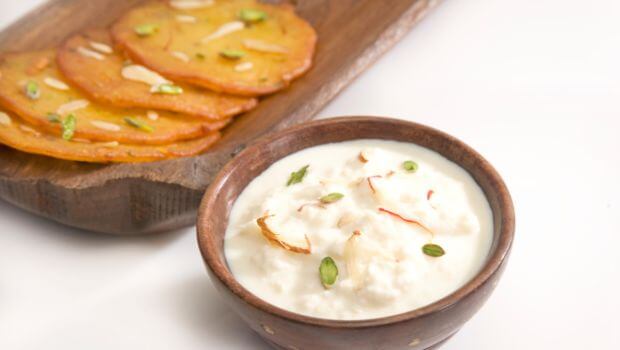
Lassi: Lassi is a popular yogurt-based drink that comes in various flavors, including sweet and savory. The sweet version is blended with sugar, flavored with cardamom or rose water, and sometimes topped with chopped nuts. The savory variation includes spices like cumin and salt, offering a cooling and refreshing drink.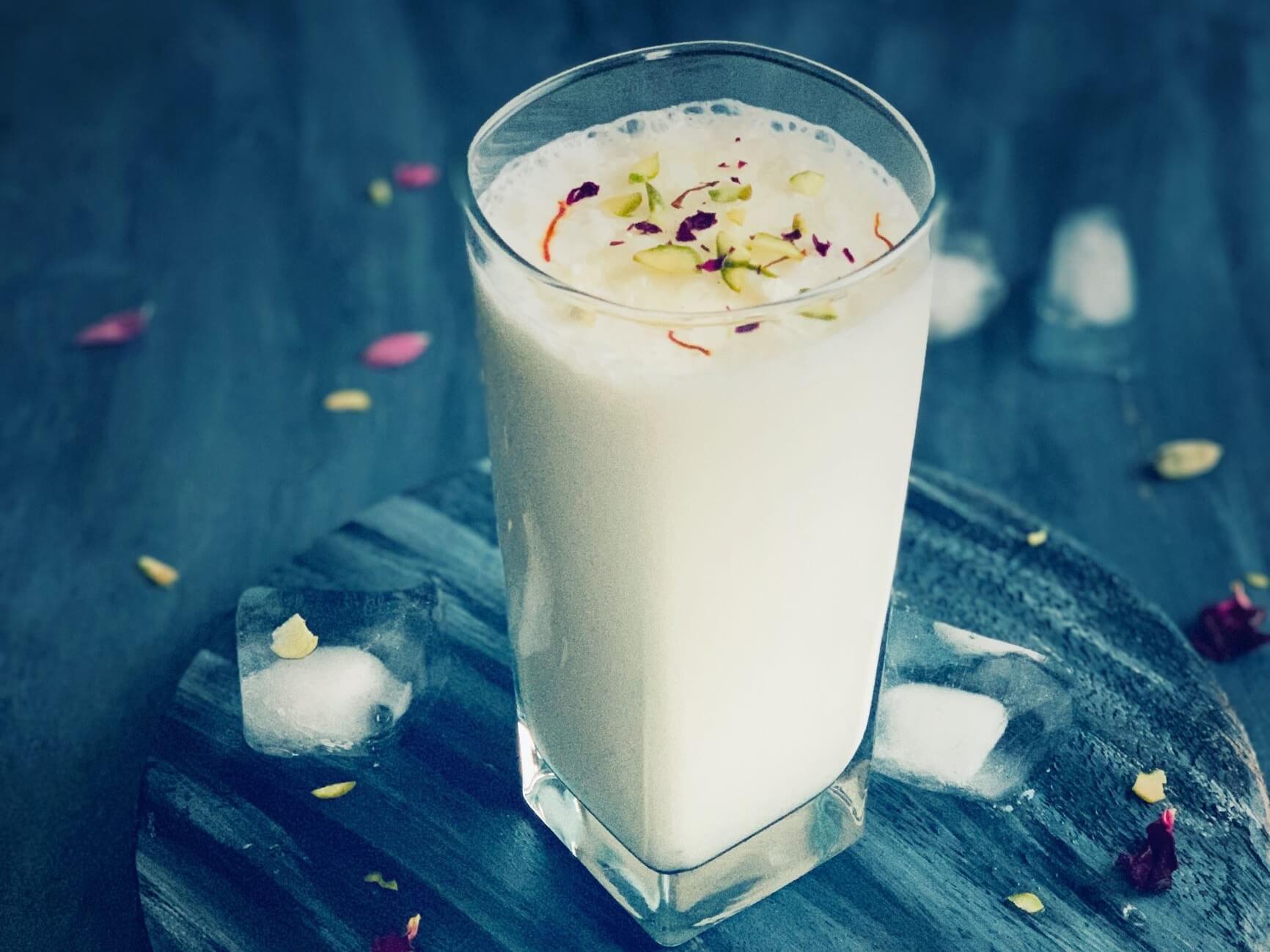
Dahi Bhallay: Dahi Bhallay is a popular street food made from lentil or chickpea flour dumplings (bhallay) soaked in yogurt and topped with tangy tamarind chutney, spicy green chutney, and a sprinkle of chaat masala. The dumplings are soft and spongy, while the yogurt adds a creamy texture, creating a delightful blend of sweet, tangy, and spicy flavors.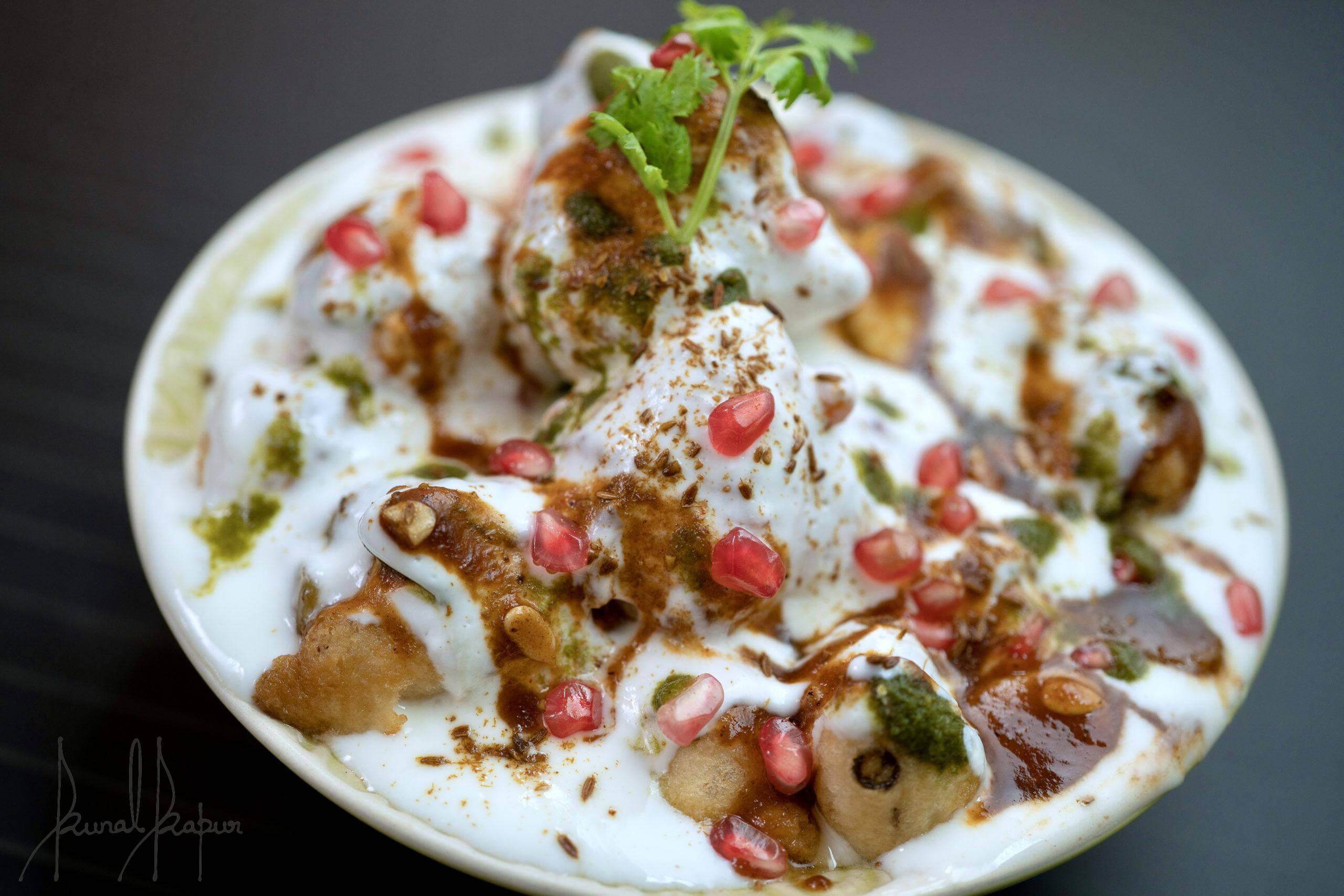
Jalebi: Jalebi is a beloved sweet treat consisting of deep-fried spirals or pretzel-shaped batter soaked in sugar syrup. The batter, made from fermented flour, is fried until crisp and then dipped in hot sugar syrup, resulting in a crispy exterior and a syrupy, sweet interior. Jalebi is often enjoyed warm and is a favorite during festivals and celebrations.
Pakoras: Pakoras are deep-fried fritters made from gram flour (besan) batter mixed with various ingredients like onions, potatoes, spinach, or vegetables, seasoned with spices such as cumin, coriander, and chili. These crispy fritters are a popular snack, especially during rainy or winter seasons, and are served with mint chutney or tamarind sauce.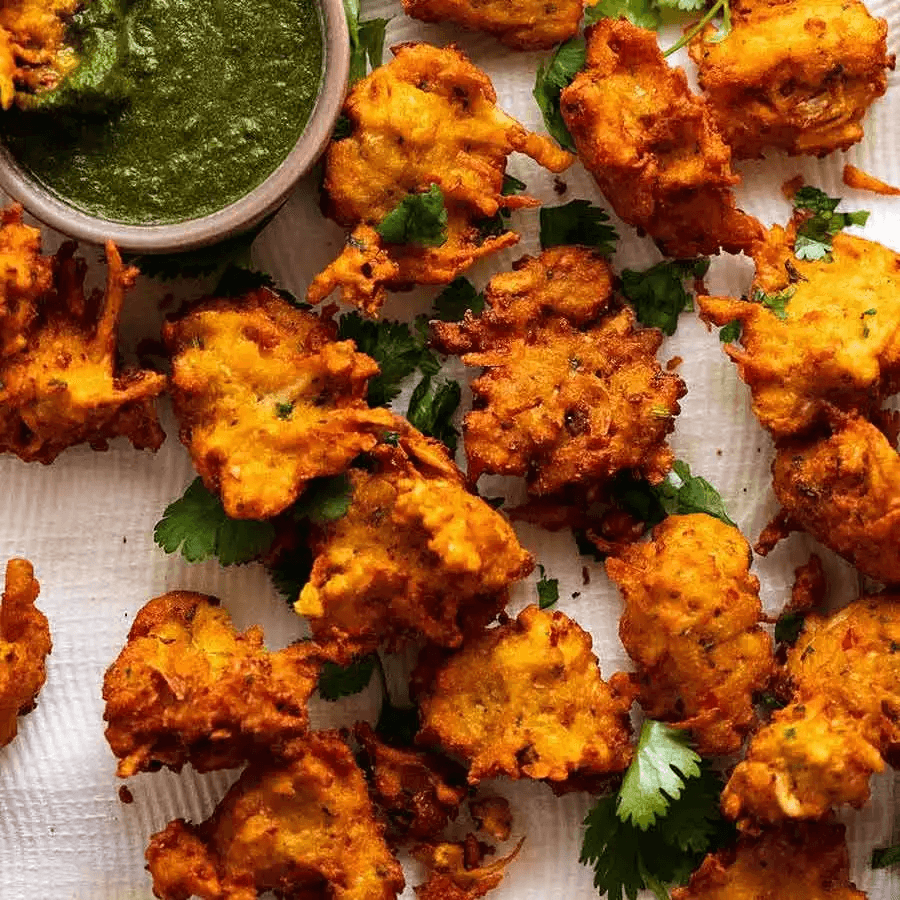
Puri Paratha: Puri Paratha is a classic combination of two types of bread. Puri, a deep-fried bread made from unleavened wheat flour dough, puffs up beautifully when cooked, creating a light and airy texture. Paratha, on the other hand, is a layered flatbread made by folding and rolling dough with ghee or oil, resulting in flaky layers. Both are commonly served during breakfast or as a side dish with curries.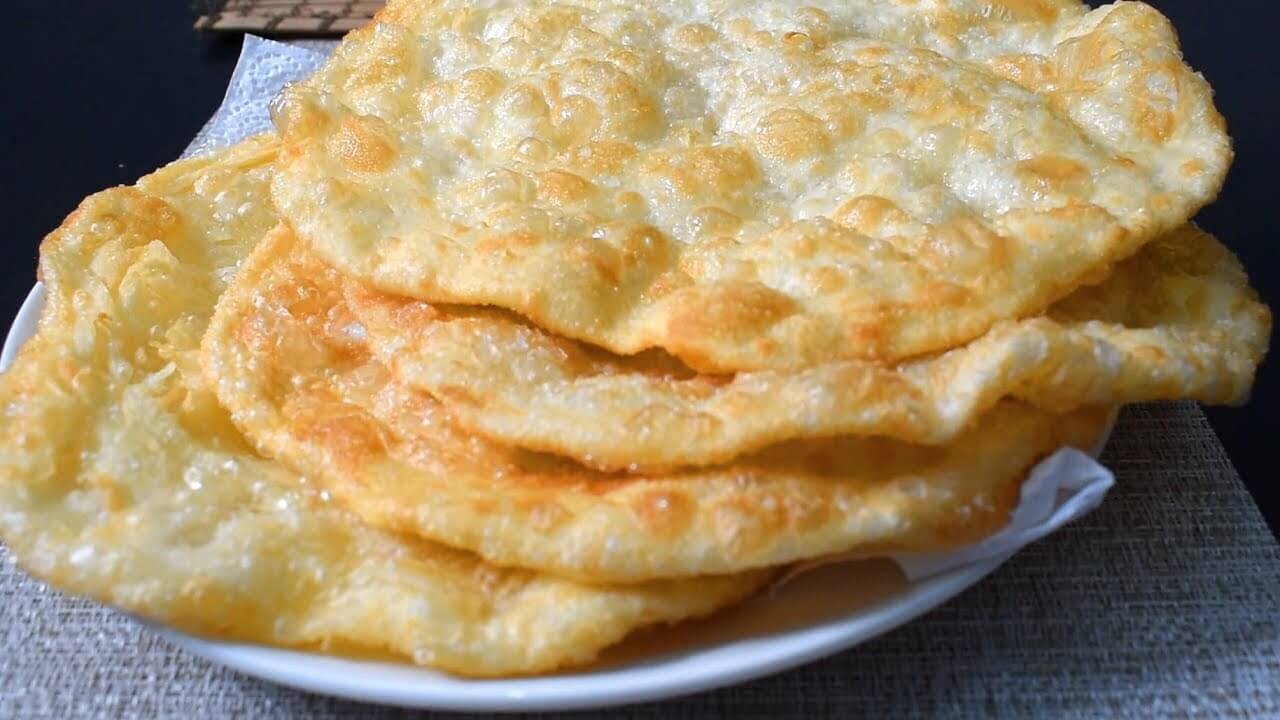
Samosas: Samosas are triangular-shaped pastries filled with a savory mixture of spiced potatoes, peas, onions, and sometimes minced meat. The pastry shell, made from flour and ghee, is deep-fried until golden and crispy. Samosas are a popular snack, often served with tamarind or mint chutney, and are enjoyed on various occasions.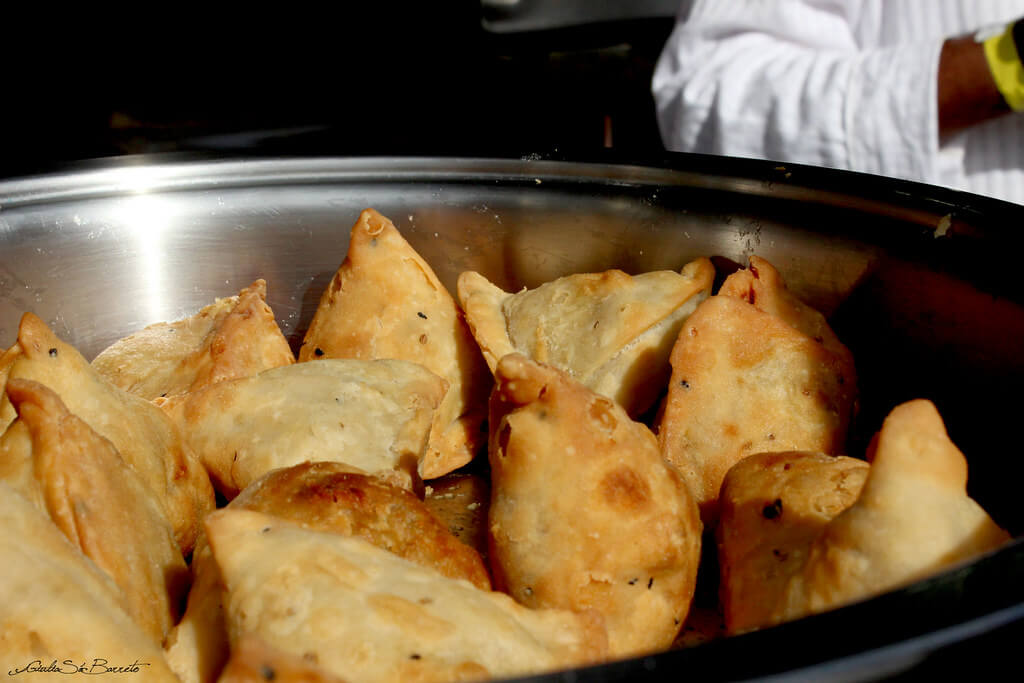
Qeema Naan: Qeema Naan is a flavorful stuffed bread made with minced meat (qeema), usually lamb or beef, mixed with spices like cumin, coriander, ginger, and garlic. The dough is rolled out, stuffed with the seasoned minced meat mixture, and then baked in a tandoor (clay oven). The result is a soft and aromatic naan with a deliciously spiced meat filling.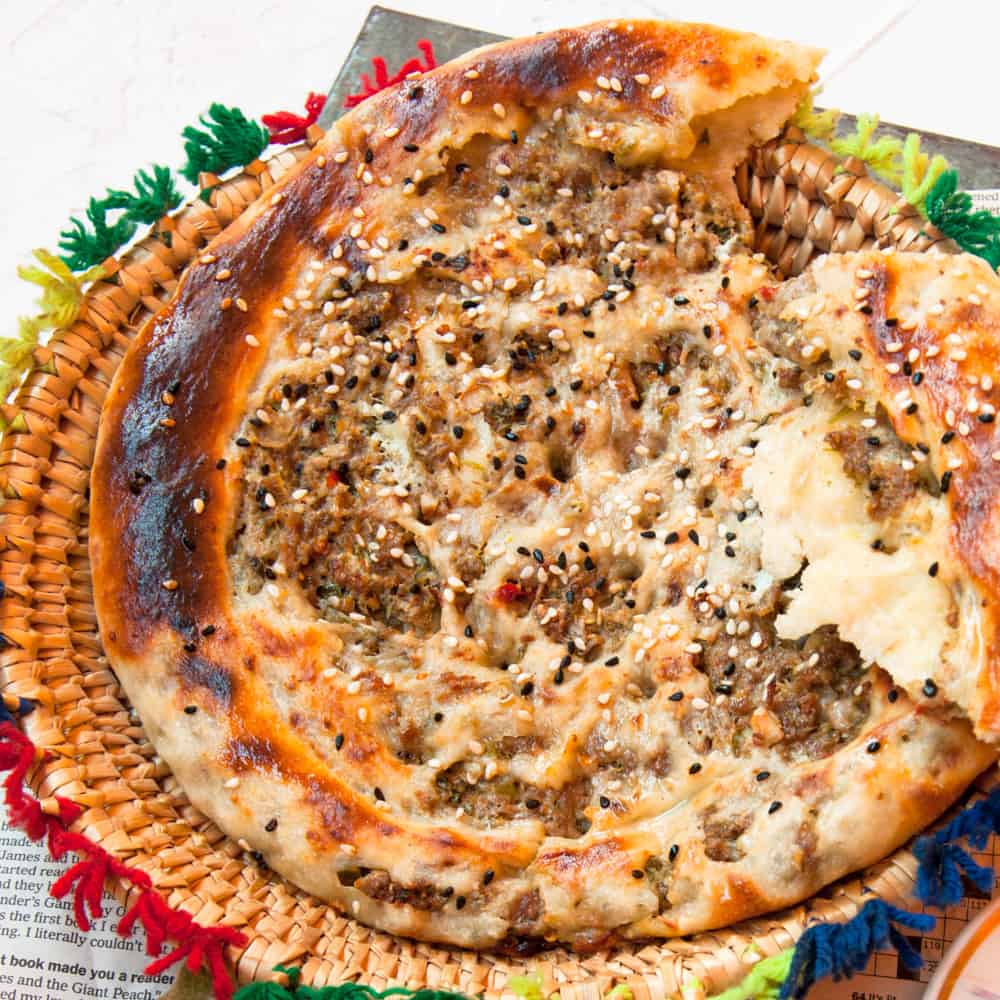
Halwa Poori: Halwa Poori is a traditional breakfast or brunch combination consisting of halwa (sweet semolina pudding) and poori (deep-fried bread). The halwa is made from semolina cooked in ghee with sugar, flavored with cardamom, and garnished with nuts. It’s paired with poori, a deep-fried flatbread, creating a delightful contrast of sweet and savory flavors.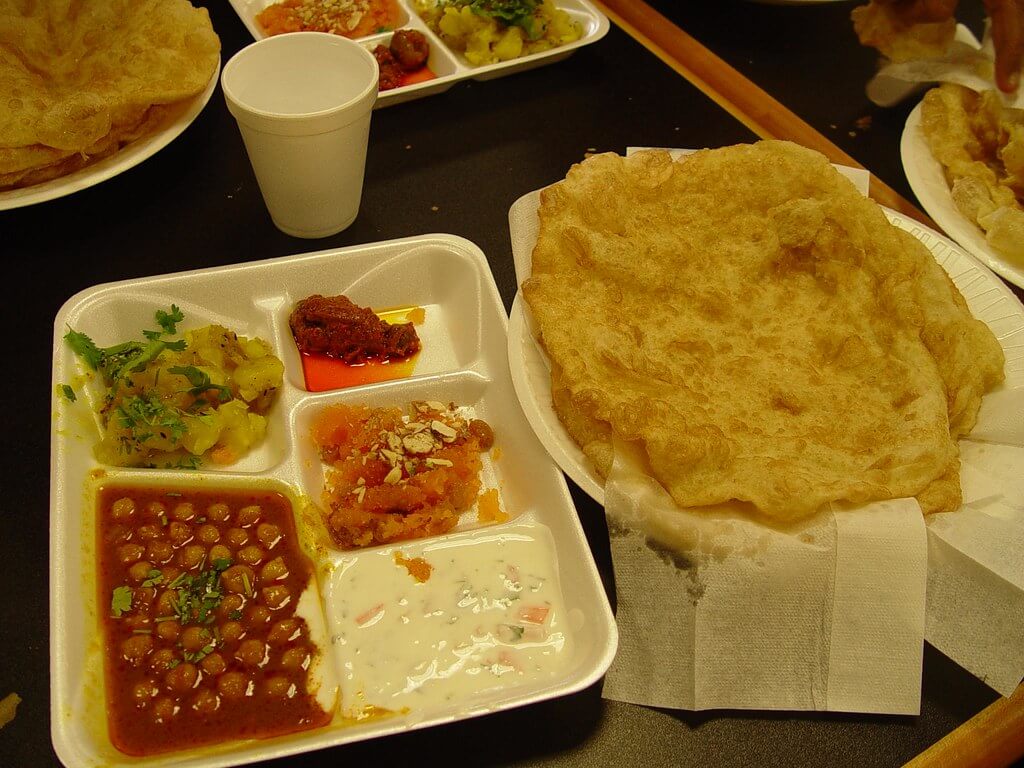
Aloo Tikki: Aloo Tikki is a popular snack made from mashed potatoes mixed with spices like cumin, coriander, and chili, shaped into patties, and shallow-fried until crispy. These golden-brown potato patties are often served with tamarind chutney, mint chutney, and a sprinkle of chaat masala, offering a burst of flavors and textures.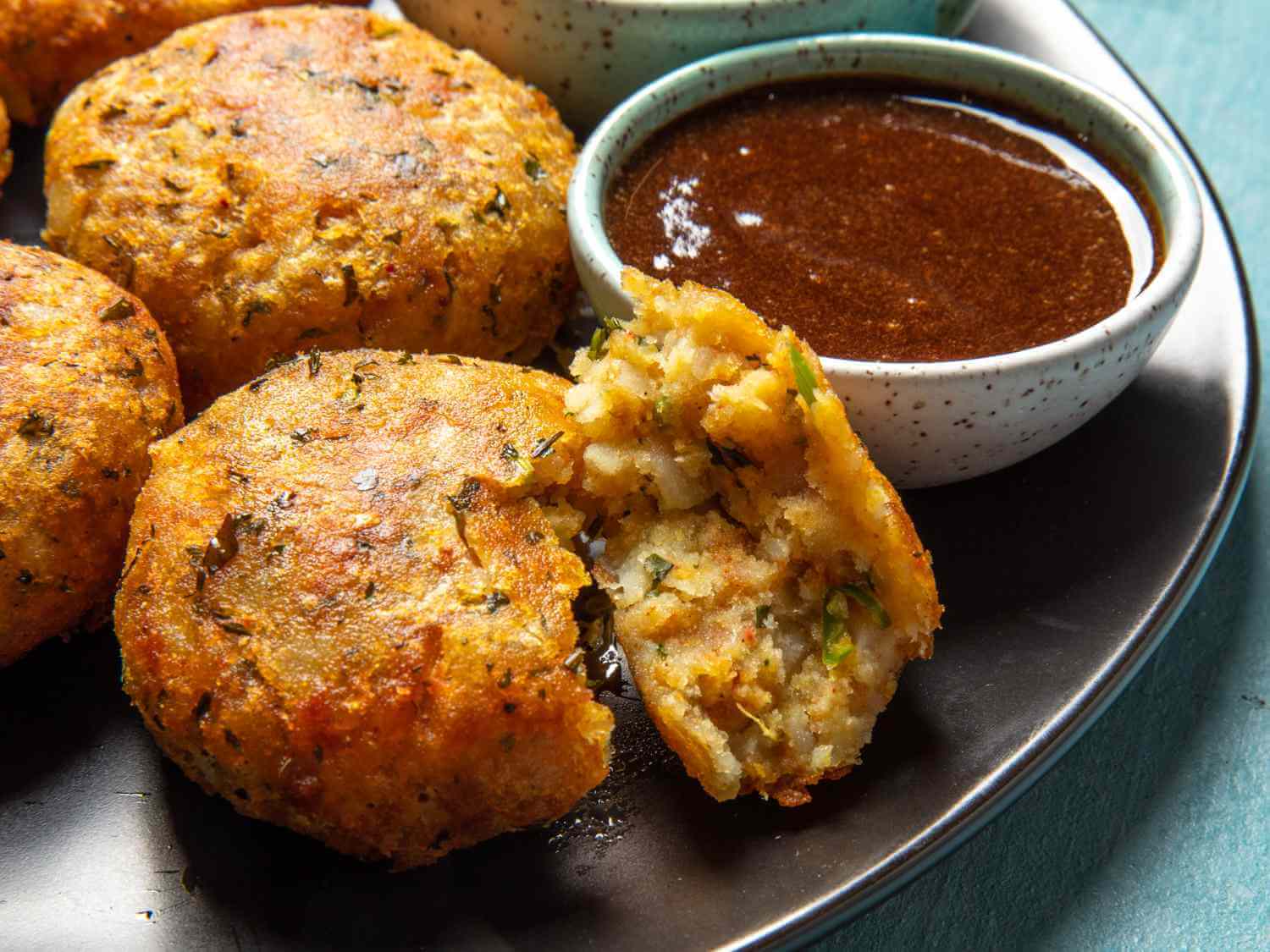
Tandoori Roti: Tandoori Roti is a classic Indian flatbread made from wheat flour dough that’s baked in a tandoor (clay oven). It’s slapped onto the oven’s inner walls, cooking quickly and puffing up, resulting in a slightly charred, soft, and chewy bread that pairs perfectly with various curries and dishes.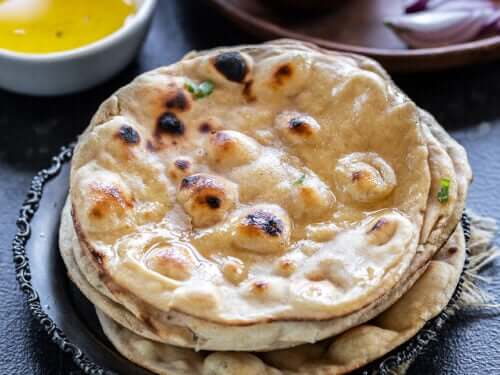
Barbecue (Assorted): Barbecue in Multan offers an assorted range of grilled meats, including chicken, beef, and lamb, marinated in a blend of spices, yogurt, and sometimes tenderizing agents like papaya. These meats are skewered and cooked over charcoal or an open flame, imparting a smoky flavor and tenderness to the meat.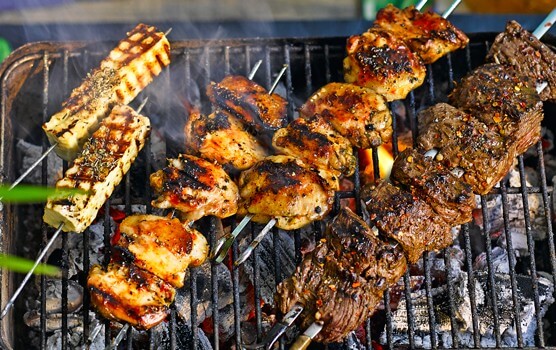
Fruit Chaat: Fruit Chaat is a refreshing and tangy salad made from a variety of seasonal fruits like apples, bananas, oranges, and pomegranates, chopped and mixed with spices, tangy tamarind chutney, and a sprinkle of chaat masala. This colorful medley of fruits with spicy-sweet flavors makes for a delightful snack or appetizer.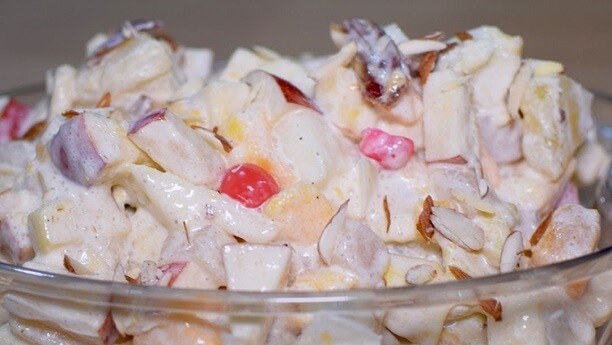
Gajar Ka Halwa: Gajar Ka Halwa is a classic dessert made from grated carrots cooked in ghee, milk, and sugar until the mixture thickens and the carrots become tender. Flavored with cardamom, and garnished with nuts like almonds or cashews, this warm and comforting sweet treat is enjoyed during festivals and special occasions.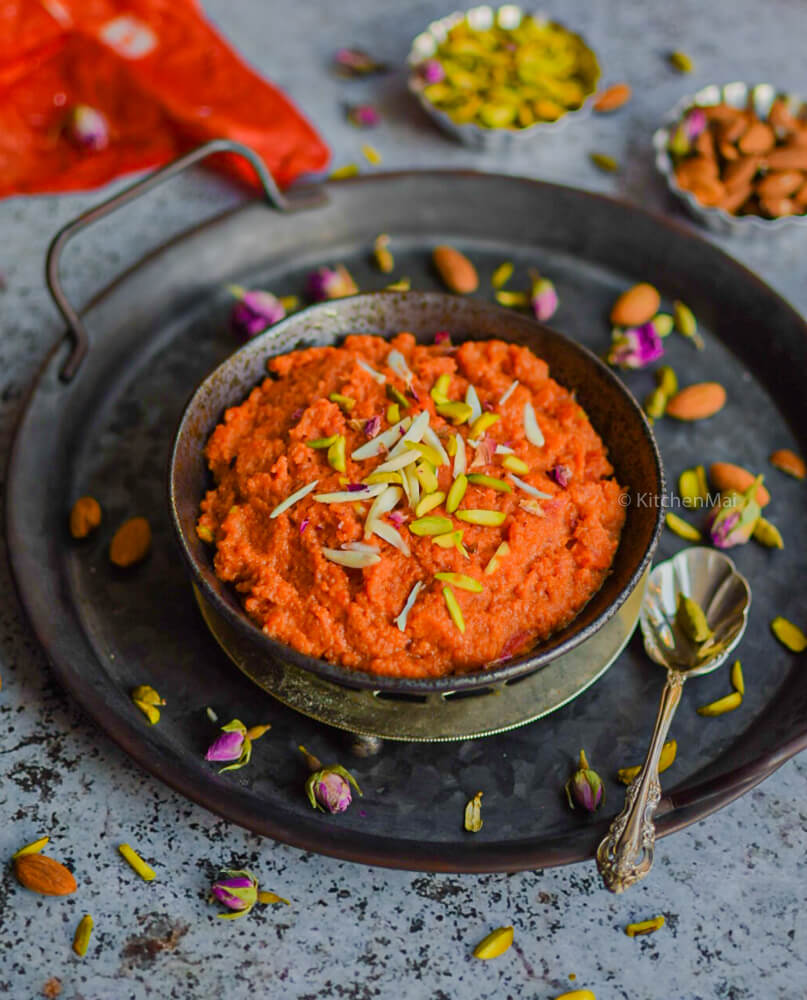
Chicken Handi: Chicken Handi is a flavorful chicken curry cooked in a handi (traditional clay pot) with tomatoes, onions, ginger, garlic, and a blend of aromatic spices. The use of a handi pot enhances the flavors and results in a rich and creamy curry that pairs perfectly with naan or rice.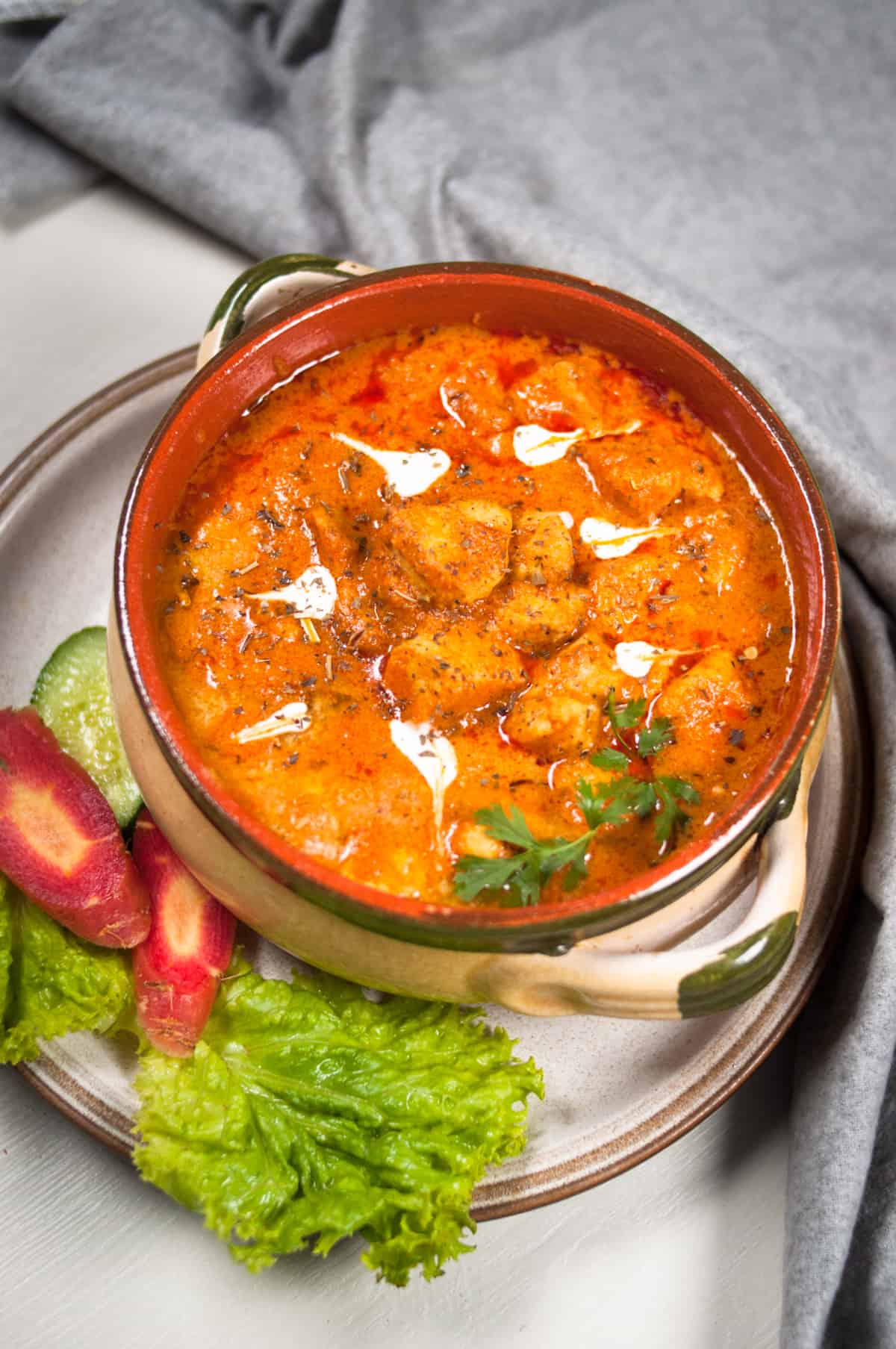
Beef Seekh Kebab: Beef Seekh Kebabs are skewered minced beef kebabs seasoned with a mix of spices like coriander, cumin, paprika, and chili, along with herbs like mint and cilantro. These kebabs are typically grilled or cooked over charcoal, giving them a smoky flavor and a juicy, tender texture.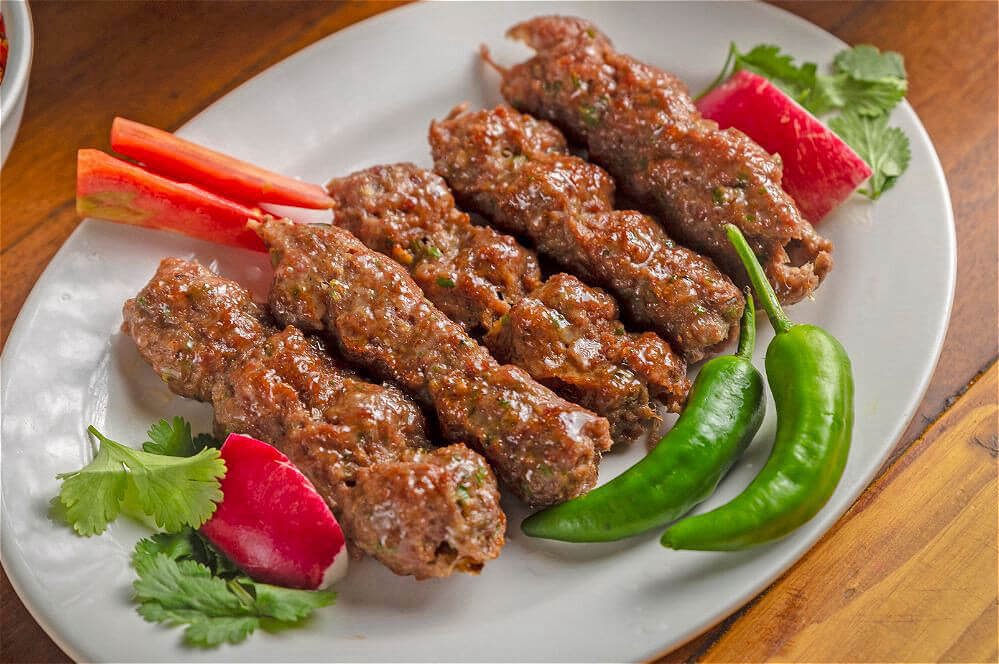
Tandoori Chicken: Tandoori Chicken is a marinated chicken dish prepared by marinating chicken pieces in a mixture of yogurt and spices such as turmeric, cumin, coriander, garam masala, and red chili powder. The marinated chicken is then roasted in a tandoor, resulting in smoky, flavorful, and tender chicken with a vibrant red hue from the spices and the tandoor’s heat.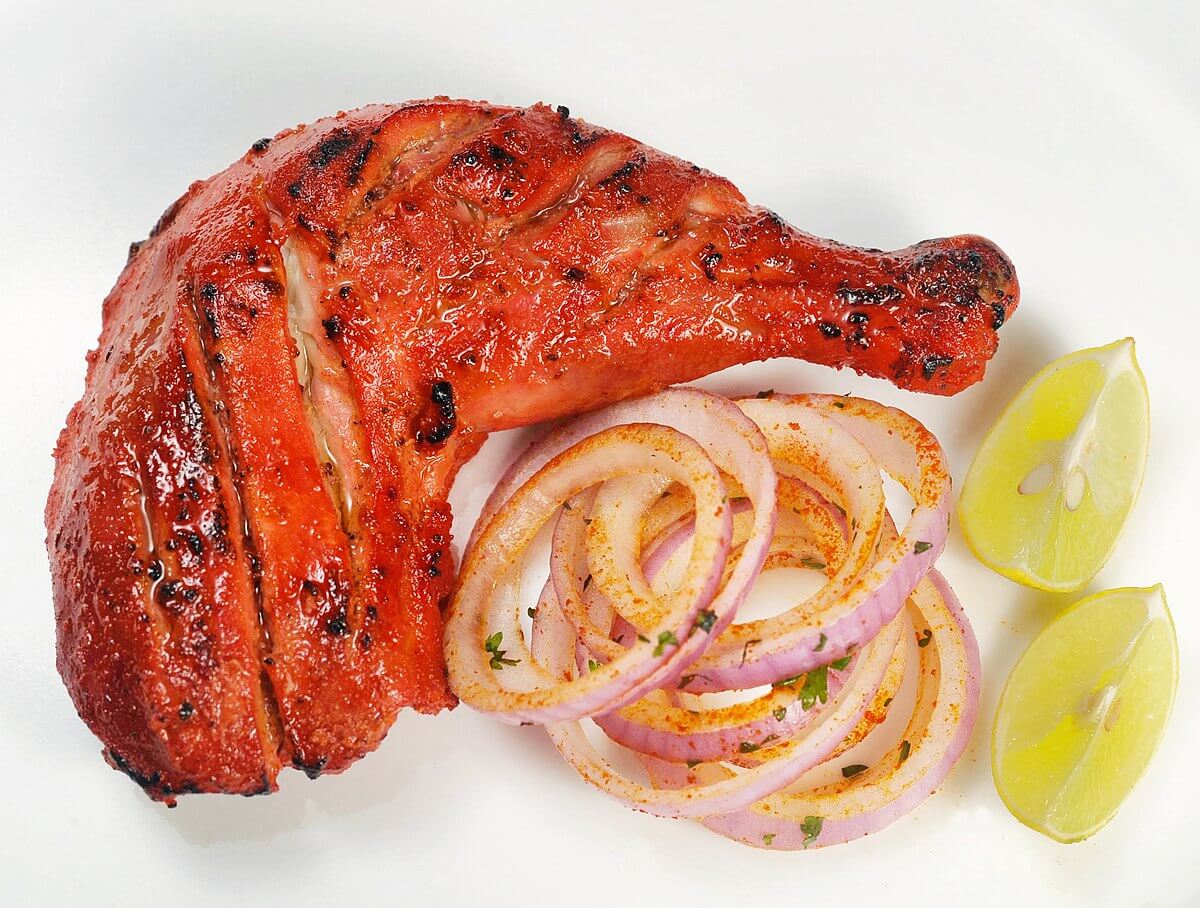
History and Culture
Multani cuisine is an intricate tapestry woven with centuries of historical influences and cultural amalgamations, showcasing a vibrant culinary legacy that echoes the phrase “food in Multan” through its diverse flavors and traditions.
Ancient Roots
Pre-Islamic Multan laid the foundation for a rich gastronomic heritage that resonates to this day. The term “food in Multan” encompasses prehistoric food traditions deeply rooted in the region’s agricultural abundance and indigenous practices. Grains like wheat, barley, and millet formed the staple diet, complemented by an assortment of vegetables, fruits, and dairy products. The cuisine of this era reflected simplicity and relied heavily on locally sourced ingredients, showcasing an early inclination towards sustainable practices. These ancient food traditions formed the bedrock upon which Multani cuisine evolved, embracing a harmonious blend of flavors and cooking techniques that transcended time.
Influences Over Centuries
The phrase “food in Multan” unveils a culinary narrative shaped by a myriad of cultural invasions and dynastic reigns that left an indelible mark on the region’s gastronomy. Through the centuries, Multan witnessed a convergence of diverse cultures, each leaving its imprint on the local cuisine. The Mughal era, with its opulent royal courts, introduced a refinement to Multani cuisine, infusing it with intricate flavors and culinary techniques. Persian influences intertwined with indigenous tastes, giving rise to aromatic biryanis, rich gravies, and intricate kebabs that epitomized Multan’s fusion cuisine. The subsequent eras of Sikh and British rule further contributed to the evolution of Multani food, introducing new ingredients and culinary adaptations that added layers of complexity to the local palate. The phrase “food in Multan” thus embodies a rich tapestry of historical influences, showcasing how the region’s culinary heritage adapted and thrived amidst changing dynasties and cultural crossroads.
Tips and Tricks
Delving into the culinary wonders of Multan is a delightful journey steeped in flavors, aromas, and traditions that epitomize the essence of “food in Multan.” Here are some invaluable insights to make the most of your gastronomic exploration:
Must-Visit Food Destinations
Exploring Multani cuisine wouldn’t be complete without indulging in the offerings of its iconic food havens. From renowned restaurants that serve sumptuous traditional fare to bustling street food stalls exuding authentic flavors, the city brims with culinary treasures. Ranging from the historic lanes of Ghanta Ghar Chowk to the vibrant Multani Bazaar, each locale holds a unique experience and a distinct taste of “food in Multan.” Notable spots like Kabuli Sufi, Hafiz Multani Sohan Halwa, and the lively food stalls near Shah Rukn-e-Alam Shrine promise a gastronomic adventure that encapsulates the city’s culinary heritage.
Seasonal Delicacies
The phrase “food in Multan” resonates with the seasonal rhythm of its cuisine. Each season brings forth a unique array of dishes that celebrate local produce and festivals. During winter, the aroma of piping hot halwa poori permeates the air, while summers offer refreshing doodh dulari—a chilled dessert adorned with vibrant jellies and creamy delights. Festivals like Basant are synonymous with enjoying traditional sweets like jalebi and rabri, adding a festive flair to Multani cuisine’s diversity.
Ingredients in Multani Cuisine
Exploring the essence of “food in Multan” is incomplete without understanding the distinct ingredients that lend their magic to the region’s culinary creations.
Spice Palette Multani cuisine is renowned for its intricate spice blends, embodying a tantalizing harmony of flavors. Key spices like cumin, coriander, cloves, and cardamom form the backbone of various dishes, infusing them with depth and richness. The artful use of these spices elevates simple ingredients, defining the robust and aromatic nature of Multani cuisine.
Indigenous Produce The heart of food in Multan lies in its locally sourced ingredients, contributing to the authenticity and uniqueness of its dishes. Indigenous produce like mangoes from orchards in nearby areas, aromatic saffron from the region, and the finest-quality wheat and lentils form the soul of Multani recipes. Embracing locally grown ingredients not only enhances flavors but also promotes sustainability and supports local communities—a true essence of Multani gastronomy.
Sustainability and Local Sourcing
Embracing sustainability and championing local sourcing initiatives form an integral part of the vibrant tapestry of “food in Multan.” Here’s a closer look at how the city’s culinary landscape reflects a commitment to eco-friendly practices and the significance of supporting local producers:
Eco-Friendly Initiatives
The phrase “food in Multan” echoes through establishments that prioritize sustainability in their culinary practices. Several restaurants and markets in Multan have embraced eco-friendly initiatives to reduce their environmental footprint. These establishments utilize biodegradable packaging, minimize food wastage through innovative strategies, and implement energy-efficient practices in their kitchens. The burgeoning trend towards organic farming methods is also gaining momentum, with some eateries sourcing fresh produce directly from local organic farms. These efforts not only promote environmental consciousness but also uphold the authenticity and quality of Multani cuisine.
Community Impact
Supporting local producers and artisans holds the key to preserving the authenticity and diversity of “food in Multan.” By sourcing ingredients locally, restaurants and markets contribute significantly to the economic well-being of nearby communities. The phrase “food in Multan” transcends mere sustenance; it embodies a connection between consumers and local producers, fostering a sense of community and shared responsibility. Supporting local artisans who specialize in crafting traditional utensils or pottery used in cooking further reinforces the cultural significance of preserving age-old culinary traditions. Additionally, promoting local produce helps reduce carbon emissions associated with long-distance transportation, aligning with sustainable practices that echo the ethos of Multan’s gastronomic heritage.
Multan’s culinary landscape, with its emphasis on sustainability and local sourcing, reflects a conscientious effort to preserve the essence of “food in Multan” while contributing to the well-being of both the environment and the local community. This synergy between eco-friendly initiatives and the celebration of indigenous flavors highlights a harmonious blend of modernity and tradition in the city’s culinary narrative.
Pairings and Recommendations
To truly savor the essence of food in Multan, exploring complementary drink pairings and suitable accompanying dishes elevates the gastronomic experience, allowing flavors to harmonize and tantalize the taste buds.
Beverage Recommendations
When delving into the rich tapestry of Multani cuisine, beverages play a pivotal role in enhancing flavors and complementing the diverse array of dishes. Lassi, a traditional yogurt-based drink, stands as a quintessential companion to Multani delicacies. Its creamy texture and slight tanginess provide a refreshing contrast to the bold spices found in many dishes. Moreover, chai, the aromatic and spiced tea, serves as a comforting beverage, perfectly balancing the robust flavors of Multani cuisine. Regional drinks like sugarcane juice or fruit-based concoctions also offer a delightful accompaniment, adding a touch of local authenticity to the dining experience. These beverages not only quench thirst but also harmonize with the diverse flavors encapsulated in “food in Multan,” providing a holistic culinary journey.
Accompanying Dishes
The phrase “food in Multan” extends beyond individual dishes, emphasizing the beauty of complementary flavors and pairings. When relishing Multani specialties, certain dishes serve as ideal companions, accentuating the distinct tastes of the cuisine. For instance, pairing succulent Malai Boti or flavorful Peshawari Chapli Kebabs with freshly baked tandoori roti elevates the dining experience, allowing the smoky flavors of the kebabs to meld with the subtle warmth of the roti. Similarly, enjoying aromatic biryanis or rich gravies alongside fragrant rice dishes enhances the overall flavor profile, creating a symphony of tastes that encapsulate the essence of “food in Multan.” These thoughtful pairings bring a delightful balance to the palate, showcasing the intricate art of Multani culinary harmony.
Cultural Significance
The culinary landscape of Multan transcends the mere act of sustenance; it embodies a cultural identity deeply intertwined with traditions, rituals, and societal values. The phrase “food in Multan” resonates profoundly within the city’s cultural tapestry, reflecting the essence of heritage and shared connections through its gastronomy.
Rituals and Traditions
“Food in Multan” plays a pivotal role in various rituals and ceremonial celebrations, serving as a cornerstone of social gatherings and festivities. Weddings, a momentous occasion in Multani culture, are marked by lavish feasts showcasing a diverse array of traditional delicacies. The intricate rituals surrounding food preparation, such as cooking together in large community kitchens, known as “langars,” reflect the spirit of unity and communal harmony. Moreover, festivals like Eid-ul-Fitr and Basant witness households adorned with an array of sweet treats like Sohan Halwa and Jalebi, symbolizing the joyous spirit of these festivities. The preparation, sharing, and consumption of these dishes during celebratory occasions underline the cultural significance of “food in Multan” as a conduit for celebration and communal bonding.
Social Fabric
Beyond ceremonies, the phrase “food in Multan” intricately weaves into the social fabric, reflecting societal values and fostering familial bonds. Mealtimes in Multani households are not merely about nourishment; they are a platform for fostering relationships and reinforcing familial ties. The tradition of ‘dastarkhwan,’ a communal dining spread where family members and guests dine together, underscores the importance of togetherness and hospitality in Multani culture. Elders passing down age-old recipes to younger generations fosters a sense of heritage preservation and familial legacy. Furthermore, the act of sharing meals with neighbors, friends, and strangers alike exemplifies the city’s warmth and inclusivity. Through its culinary customs and dining etiquette, food in Multan encapsulates the values of unity, generosity, and respect ingrained in the social fabric of the city.
Conclusion
In conclusion, the culinary heritage of Multan stands as a testament to the phrase food in Multan, encapsulating a saga of flavors, traditions, and cultural significance deeply rooted in the city’s history. The diverse and vibrant tapestry of Multani cuisine reflects an amalgamation of ancient roots, historical influences, and contemporary adaptations, resonating through the aromas and tastes that define the region’s gastronomic identity.
The phrase food in Multan isn’t confined to the mere act of eating; it embodies a journey through time, traversing pre-Islamic food traditions, cultural exchanges during dynastic reigns, and the resilience of age-old recipes passed down through generations. It is a celebration of communal bonding during ceremonies, the joyous spirit of festivals, and the nurturing of familial ties around shared meals—a culinary symphony echoing the city’s values of togetherness, warmth, and inclusivity.
Moreover, the food in Multan serves as a cultural ambassador, showcasing the city’s rich heritage to visitors and representing the essence of Multan’s identity. It symbolizes sustainability through locally sourced ingredients, echoes social harmony through communal dining rituals, and preserves the legacy of time-honored recipes that have stood resilient against changing times.
In essence, “food in Multan” isn’t just a part of the city’s cultural narrative; it is the heart and soul that pulsates through every dish, every tradition, and every communal feast—a vibrant legacy that continues to flourish, preserving Multan’s rich culinary heritage for generations to come. The phrase “food in Multan” embodies a cultural tapestry that binds past, present, and future, celebrating diversity, heritage, and the spirit of unity through the language of food.

